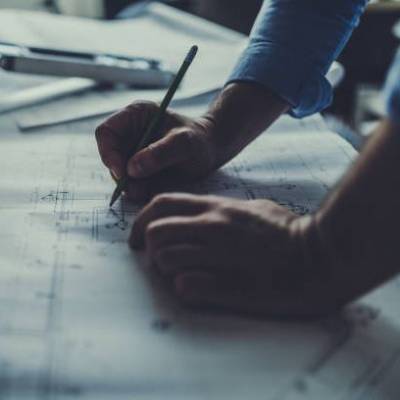

The Delhi Development Authority (DDA) will shortly deliver a presentation to lieutenant governor Vinai Kumar Saxena, who is also the DDA chairman, on the draft Master Plan for Delhi 2041.
A DDA advisory group, led by then-LG Anil Baijal, evaluated the draft MPD 2041 in April, which integrates public comments and ideas. In around two and a half months, DDA received over 33,000 objections and recommendations. The Authority initially endorsed the draft MPD 2041 document at a meeting chaired by the then LG on April 13, 2021, after which it was published in the Gazette of India on June 9, 2021, to invite objections and comments. An official told the media that the advisory council consisted of elected representatives from the Rajya Sabha and Lok Sabha, municipal councillors, central government officers, Delhi government officials, and experts in the field of urban development and planning who reviewed the suggestions and objections received by the DDA. While DDA officials remain tight-lipped about the draft's final form, the paper released in June last year envisioned a future-ready capital that would be a 24-hour city with a vibrant nightlife, allowing it to compete with global megacities. The draft's key focal areas were the economy, ecology, and affordable housing, to foster a sustainable, liveable, and dynamic Delhi by 2041. In the next 20 years, it also sees the private sector driving the housing supply situation. According to the proposal, the land development agency would serve as a facilitator, assuring ease of doing business while preserving a regulated environment. Another significant difference is that the draught proposes to meet the housing requirements of students, single working men and women, migrants, and others by providing inexpensive rental and small-format housing such as studio and serviced apartments, hostels, and dorms. The text also emphasises the need of addressing the city's chronically high levels of air, water, and noise pollution, endangering not just the city's environmental assets and biodiversity, but also the inhabitants' health. Creating new city-level assets and increasing the "green-blue" quotient inside the built environment — Delhi's water bodies and green belts — are among the projects, which envision an increase in the net area under green-blue assets as well as the establishment of more planned green spaces. The master plan calls for planting native trees and plant species to function as pollution filters. Image Source